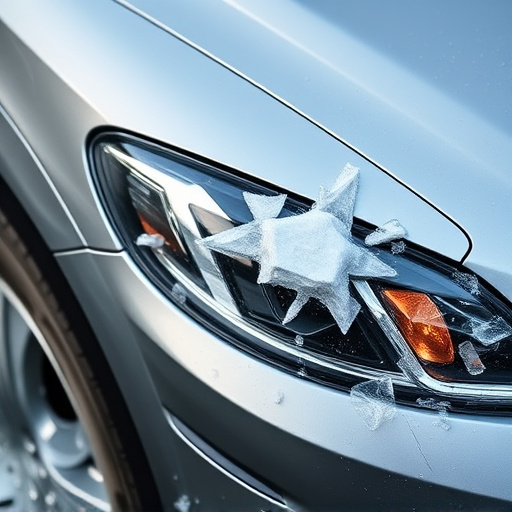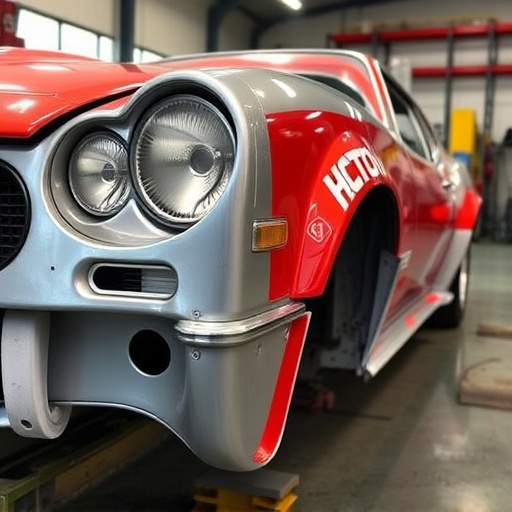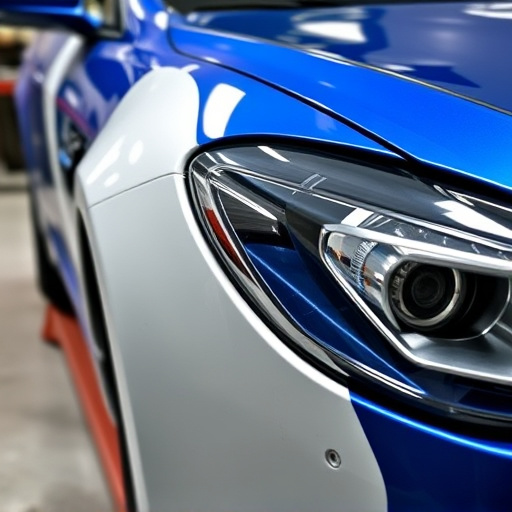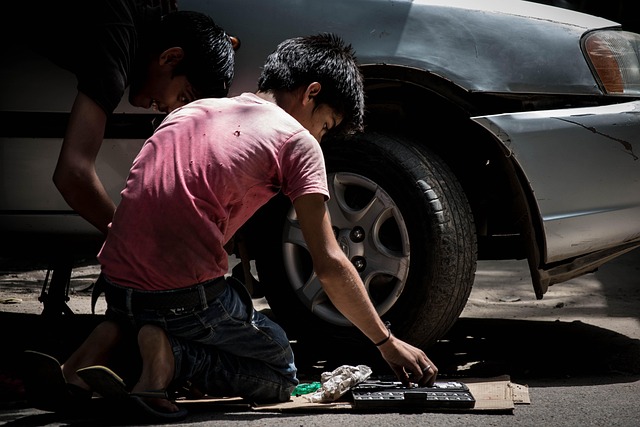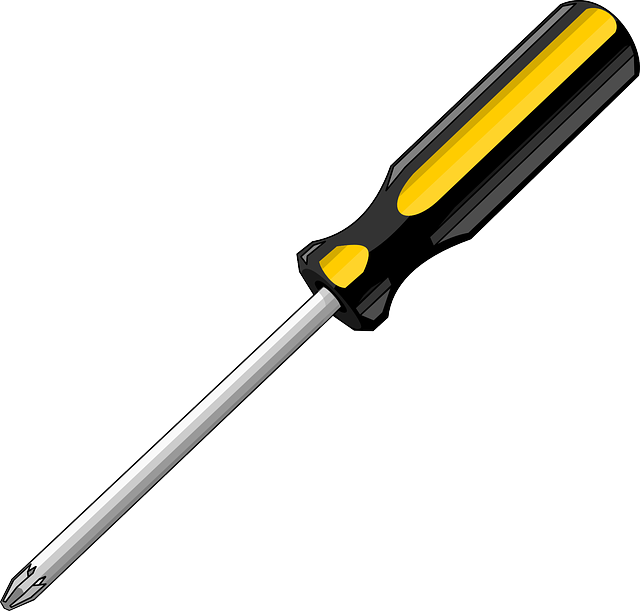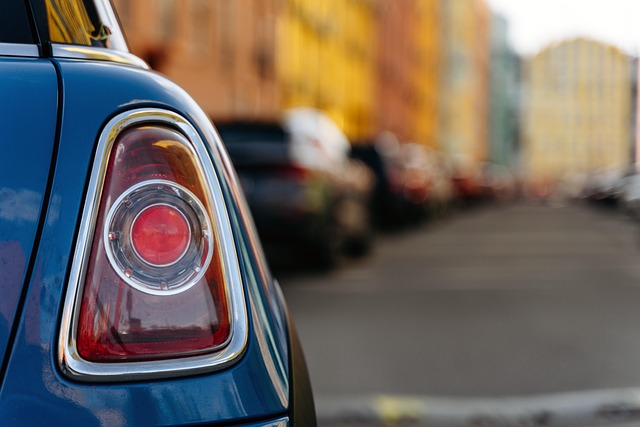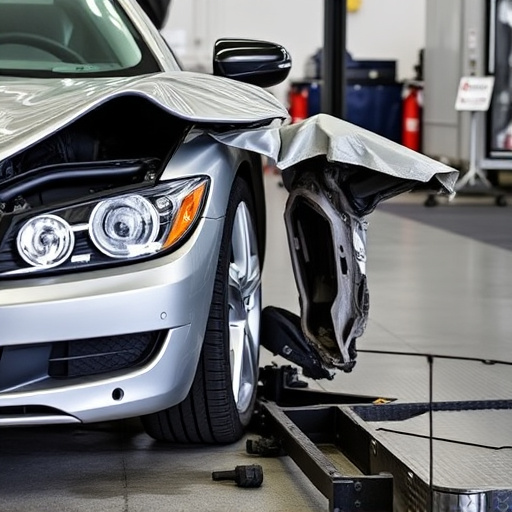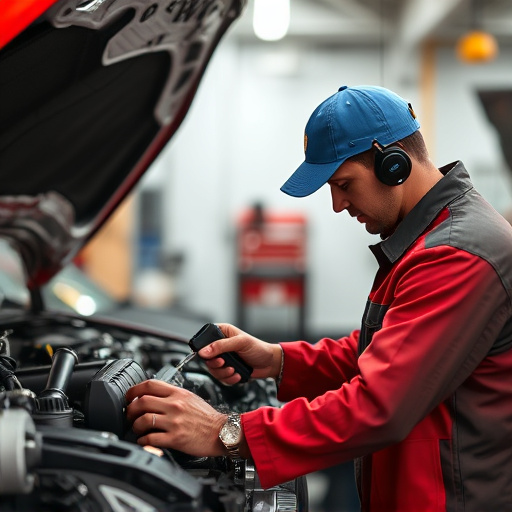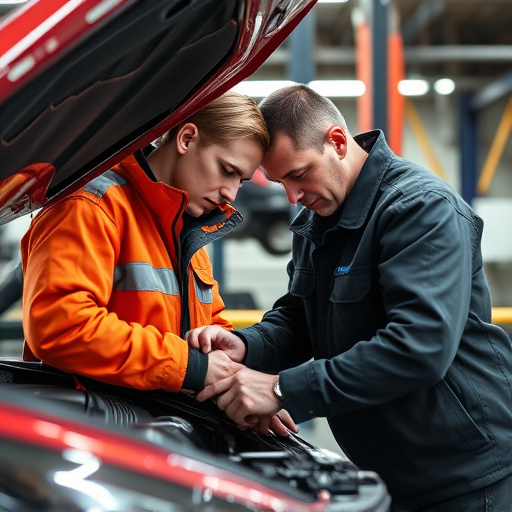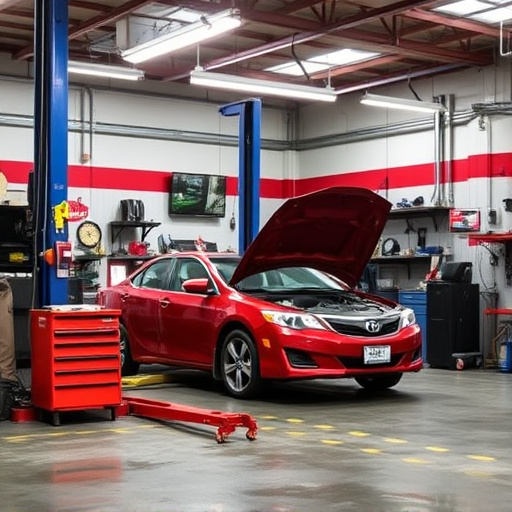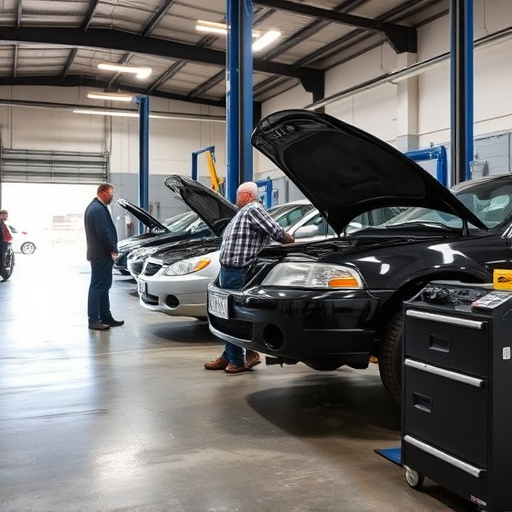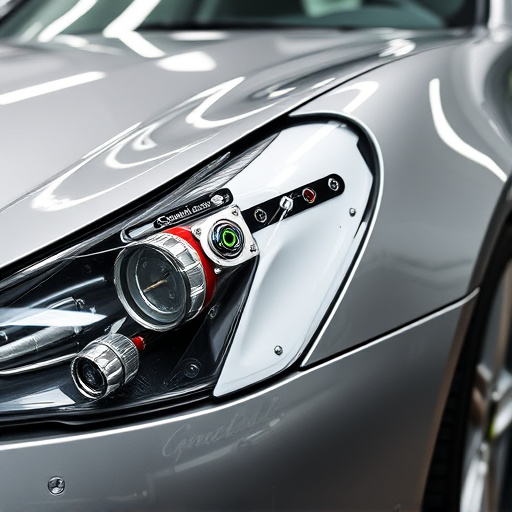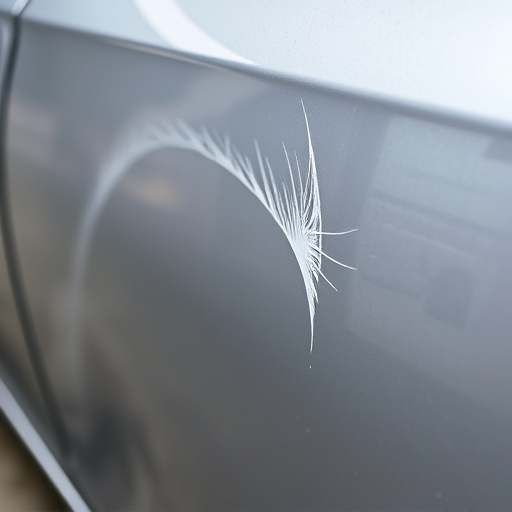Mercedes ADAS calibration is essential after repairs to ensure safe operation of advanced driver assistance systems. Precise sensor and camera alignment is critical for features like adaptive cruise control and collision avoidance. Skilled technicians use specialized tools to recalibrate, verifying system responsiveness for optimal safety and performance. Auto body repair shops play a vital role in post-repair safety by addressing Mercedes ADAS calibration requirements.
Mercedes ADAS calibration is a critical process that ensures the safety and efficacy of advanced driver-assistance systems (ADAS) in vehicles. This article delves into the importance of precise calibration, highlighting how it aligns and optimizes system performance. By exploring effective calibration techniques, we aim to mitigate risks post-repair, enhancing overall vehicle safety and reliability. Understanding Mercedes ADAS calibration is key to preventing failures and ensuring a seamless driving experience.
- Understanding Mercedes ADAS Calibration Importance
- The Role of Precision in System Alignment
- Mitigating Risks Post-Repair with Calibration Techniques
Understanding Mercedes ADAS Calibration Importance
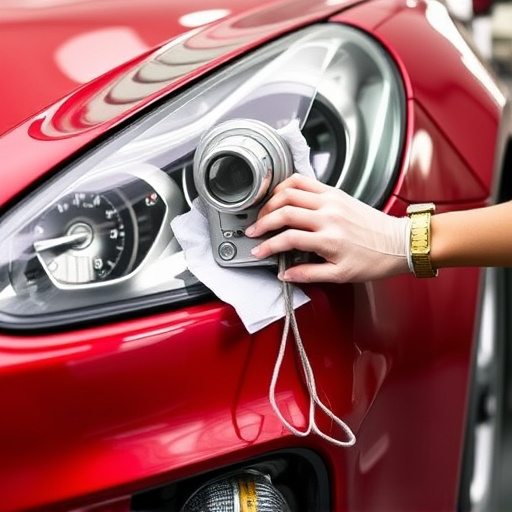
Mercedes ADAS calibration plays a pivotal role in ensuring the safety and reliability of advanced driver-assistance systems (ADAS) post-repair or maintenance. ADAS is an array of technologies designed to enhance driver awareness, prevent accidents, and assist in various driving tasks. These systems include features like adaptive cruise control, lane-keeping assist, collision avoidance, and blind-spot monitoring, among others. When a vehicle undergoes repairs, especially involving the car bodywork services or auto body repair, it can disrupt the precise alignment and calibration of these sensors and cameras that power ADAS.
Proper Mercedes ADAS calibration is crucial to avoid potential system failures or misbehaviors that could lead to hazardous situations on the road. Skilled technicians perform this process using specialized tools to adjust and fine-tune the systems’ parameters, ensuring they function optimally. This involves recalibrating sensors, adjusting camera angles, and verifying system responsiveness. By addressing these calibrations, car paint services and auto body repair shops contribute to not just restoring a vehicle’s physical condition but also safeguarding its safety features, ultimately reducing the risk of post-repair system failures.
The Role of Precision in System Alignment
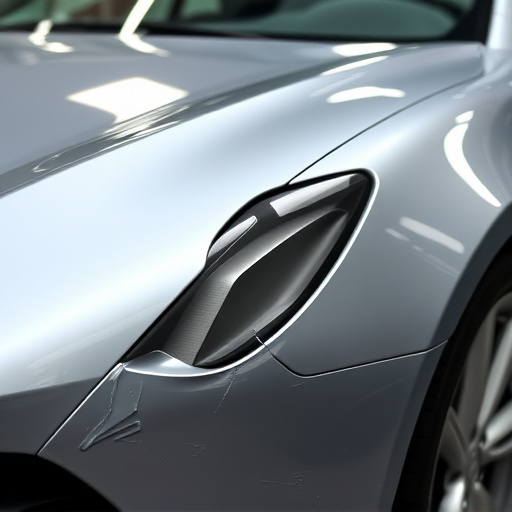
The success of Mercedes ADAS (Advanced Driver Assistance Systems) lies in the meticulous precision of its system alignment. Calibration is a critical process that ensures every sensor, camera, and radar functions in harmony, creating a 360-degree view of the vehicle’s surroundings. Even the slightest misalignment can lead to inaccurate data interpretation, impacting the effectiveness – and safety – of features like adaptive cruise control, lane keeping assist, and collision avoidance systems.
Precise Mercedes ADAS calibration goes beyond mere technical accuracy. It involves aligning not just hardware components but also software algorithms, ensuring they work in perfect synergy. This meticulous approach is paramount in the complex world of autonomous driving, where fractions of a degree can make a significant difference in safety margins. A well-calibrated system allows the vehicle to accurately perceive and react to its environment, ultimately reducing the risk of post-repair system failures and enhancing the overall driving experience for Mercedes Benz owners.
Mitigating Risks Post-Repair with Calibration Techniques
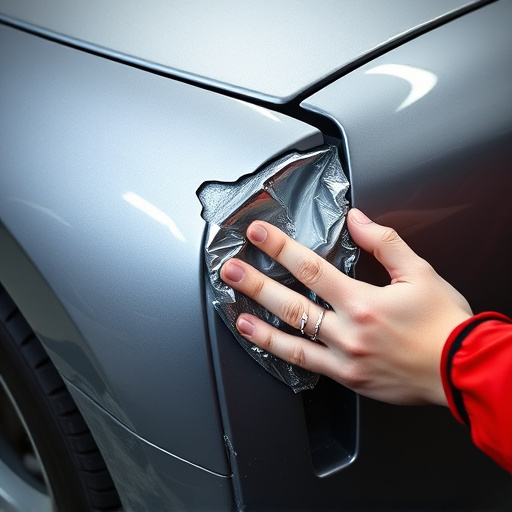
Mercedes ADAS calibration plays a pivotal role in mitigating risks post-repair. Advanced Driver Assistance Systems (ADAS) are designed to enhance safety features in modern vehicles, but their effectiveness relies heavily on precise calibration. After a repair or replacement of sensors and cameras, these systems must be re-calibrated to ensure they function optimally and in harmony. This process aligns the various components with each other, guaranteeing accurate data exchange and reliable performance.
Fleet repair services and auto repair shops specializing in car restoration understand the importance of this step. They employ sophisticated techniques and tools to calibrate Mercedes ADAS accurately, minimizing the chances of system failures or inaccuracies post-repair. By adhering to strict protocols and utilizing cutting-edge technology, these professionals ensure that vehicles return to their highest safety standards, providing peace of mind for drivers and reducing risks on the road.
Mercedes ADAS calibration plays a pivotal role in ensuring the safety and reliability of advanced driver-assistance systems. By precisely calibrating these sensors, repair technicians can significantly reduce the risk of post-repair failures, enhancing the overall performance and safety of Mercedes vehicles equipped with ADAS technology. Investing in proper calibration techniques is essential to maintain the integrity of these sophisticated systems, ultimately fostering a smoother and safer driving experience for all.
